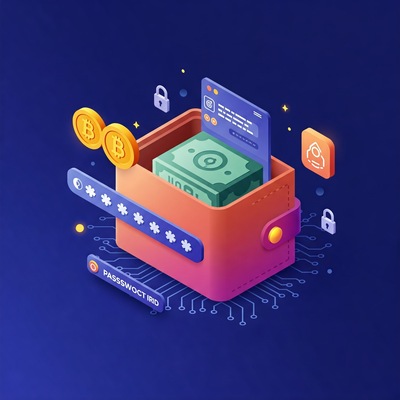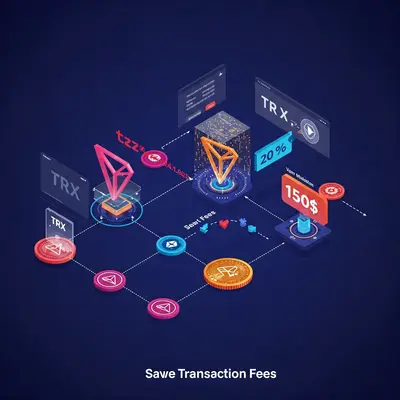Blog Post
Read our latest blog posts and stay updated with the latest trends and insights in the blockchain industry.
Explore a wide range of topics and discover valuable information that can help you enhance your
knowledge and skills.


By Chaingateway
May 24, 2023
The popularity and user base of blockchain-based applications have grown steadily in recent years. Concurrently, use cases for web APIs have experienced an explosion. They are helping port data and adding functionality across different application types. The growth of APIs is also powering microservices development practices. As the decentralized Web3 grows and matures, APIs will undoubtedly play an important role.
An API, or application programming interface (API), is software that enables applications to share data on the web. APIs use preset protocols and definitions. Today, most usability on Web2 would not be possible without APIs. However, due to standardization, and continuous development, most users will never notice them. The same principle will apply to decentralized applications. There are numerous use cases where blockchain-powered smart contracts need timely data, which can only be fulfilled via a Web API. For instance, a smart contract would need updated stock market information to make accurate executions. Alternatively, on-chain activities could depend on weather conditions at a given time. The widespread use of APIs means there are countless use cases for existing or predictable needs. However, fully integrating APIs into the decentralized Web3 will be tricky. One way to ensure seamless integration of APIs into Web3 is to introduce industry standards. A proposed solution to ensure APIs become ubiquitous in Web3 is via nodes operated by API providers. Such a setup could ensure blockchain-based applications can access hundreds or thousands of software-as-a-service solutions, ensuring harmony.
In the current Web2, APIs are the glue that holds everything together. It follows that APIs will have an important role in the decentralized Web3 of the future. Numerous potential use cases for APIs in the blockchain world outside of crypto. For instance, a Decentralized Finance (DeFi) app with lending and borrowing functionality could call an API to get the timely price of an asset. Additionally, smart contracts could be hooked to flight data or local weather conditions. Data from the API could inform how the smart contract responds. Despite the many potential use cases, blockchain-based applications cannot call APIs natively. This incompatibility stems from the design of the blockchain. Consequently, middleware is needed to connect a blockchain node to the API, which can rely on data from outside the blockchain network.
The most workable solution is to connect blockchain applications to APIs via middleware nodes. However, this creates a centralized point of failure, defeating the whole purpose of decentralization. A possible solution is the use of first-party oracles. In this setup, API providers operate a layer in front of the API. It enables request-response interactions for smart contracts. Consequently, the blockchain application can call on the API and incorporate the off-chain data into the chain. The approach retains trustlessness and immutability, which are inherent to blockchain technology. However, for these solutions to work, there will have to be a concerted effort by all stakeholders. Use cases could include enabling smart contracts to call APIs to send text or email, get sports scores, collect GPS data, and more.
One benefit of standardization in the blockchain API sector is that it will enable complex off-chain computation. Computing on-chain is resource-intensive and leads to high transaction fees. However, if complex calculations can be taken off-chain, it could reduce on-chain resource use. Additionally, it would ease the development burden for API developers. The result would be that API-based solutions would be more appealing to Web3 application developers. Consequently, it could hasten the adoption of the decentralized web3. However, integrating off-chain data on the chain is still in the early stages of development. Numerous foundational issues need to be resolved. For instance, the focus is on Read operations to acquire raw off-chain data. In the next phase, the focus will be on the oracle that Write data on-chain.
Web3 will ensure a more decentralized blockchain-based internet. However, Web3 applications will need to have real-time interactions with real-world data. It will be important to figure out how off-chain computations can be integrated with on-chain applications to experience the full potential of Web3 applications. Naturally, this will mean deeper integration with APIs. The main challenge holding back Web3 today is the lack of proper connectivity with the real world. When real-world data becomes blockchain-compatible, it is likely to hasten Web3 adoption. It is especially so when incorporating microservices with smart contracts, which could open up endless possibilities for developers and users. In the future, Web3 will become as ubiquitous as Web2, thanks to API integration. Everything possible in Web2 will be seamlessly integrated into Web3. Users will benefit from better privacy, low transaction costs, secure transfer of data, and much more.
Share This Post
Enter your email to receive our latest newsletter.
Don't worry, we don't spam

chaingateway

chaingateway

chaingateway
Various use cases for a blockchain API to foster efficiency, improve speed of blockchain transactions while promoting adoption of blockhain technology.
How webhooks can be used to process deposits on the blockchain automatically to improve efficiency, and speed.
The role of Blockchain API in maximizing the potential of blockchain technology, with an example of the Binance Smart chain API.